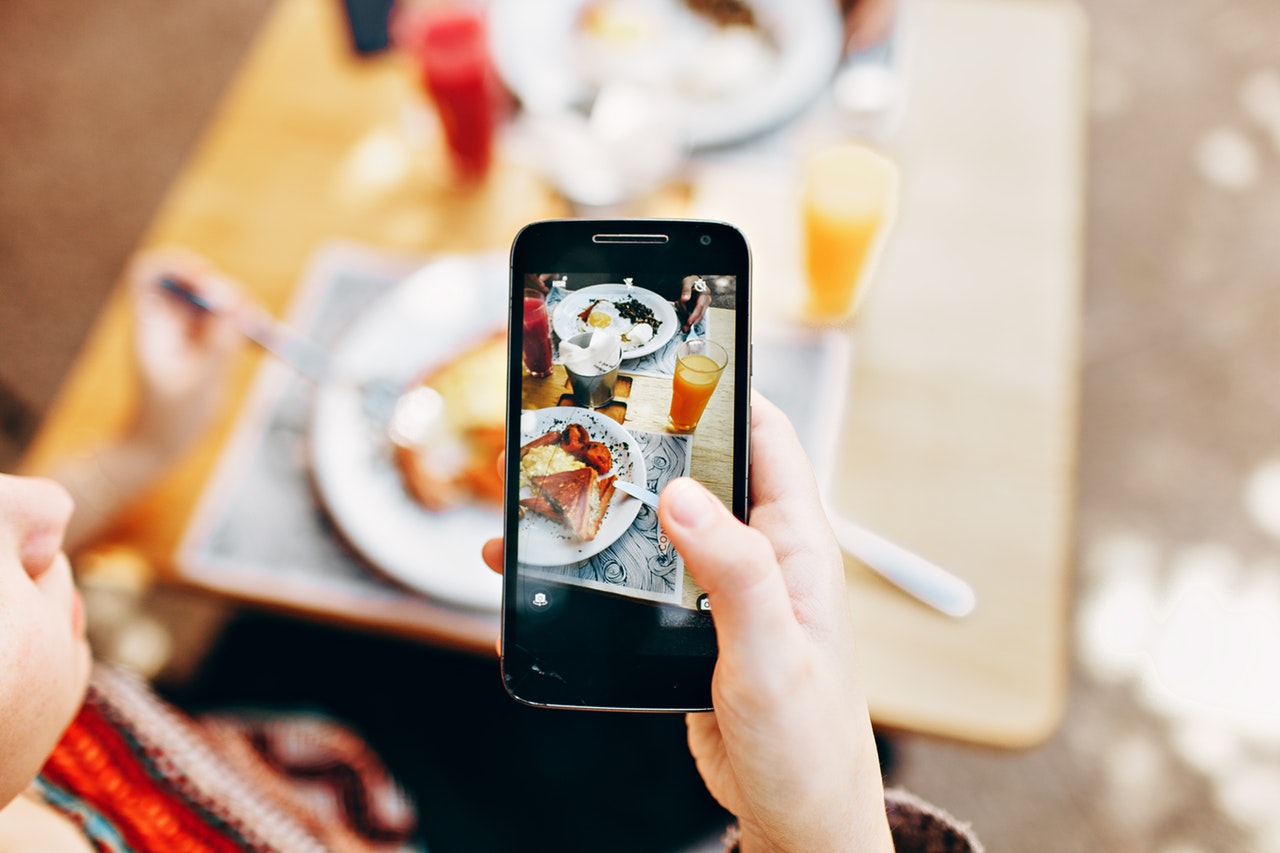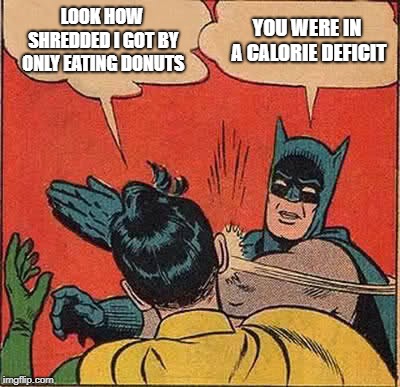
Whether you’re a veteran of the exercise and nutrition world, or you’re just starting out on your journey of training hard and eating well, you’ve probably heard of the ‘cheat meal’. It’s that glorious meal (or several, for some) during the week where you get to eat and drink whatever you want, for that particular meal. It’s also the meal that super natural, fitness vloggers love to upload to their Instagram pages.
 Usually along with a caption enticing you to learn how they managed to get shredded six pack abs whilst living solely on a diet of donuts and butter stick loaded coffee. (Spoiler alert: they didn’t, but novelty sells)
Usually along with a caption enticing you to learn how they managed to get shredded six pack abs whilst living solely on a diet of donuts and butter stick loaded coffee. (Spoiler alert: they didn’t, but novelty sells)
But back to the problem at hand. The issue with cheat meals isn’t actually the idea itself. Allowing yourself a meal or more a week to eat what you fancy is actually a very positive and beneficial step in adhering to long term, dietary changes. It’s part of what’s often referred to as flexible dieting where your diet allows you to have what you want, in moderation. As a result, you don’t feel so restricted in what you can eat and are less likely to develop a negative relationship with food. So, all good right? Well, maybe not quite.
You see, the issue with cheat meals may be the name itself. Take a moment to think about this.
When we hear or see the word cheat, it typically comes with negative connotations, such as students cheating on tests, individuals cheating on their partners or certain Argentinian footballers with divine hands.
There are many other examples out there, but you get the point. When you then apply the C word to your diet, for some it can create a very negative series of feelings. Some individuals feel that by having a cheat meal, they are somehow being unfaithful to their diet and experience feelings of guilt after eating the meal. This guilt can even lead to a domino effect where the person feels the need to ‘cut down’ the following day to make up for the cheat meal, which in turn starts to feed in to a poor and unhealthy relationship with food. So, what’s the solution?
 (Okay, not THAT kind of solution)
(Okay, not THAT kind of solution)
Don’t call it a cheat meal. There are two easy solutions, and you can choose whichever one you prefer. The first solution is to stop attaching any kind of name to the meal, ultimately it’s just another meal that fits within your flexible diet paradigm. It’s perfectly fine to have a bit of what you fancy, so don’t sweat it. Eat the meal, enjoy it and carry on as normal.
However, for those that still prefer to differentiate the meal, the second solution is also very simple: give the meal a more positive name. Instead of calling it a cheat meal, try calling it a 20% meal. If you set yourself a target whereby you’ll stick to the healthy, nutrient packed food and drink 80% of the time, then the other 20% is made up of whatever food or drink you happen to fancy. Hence, calling it a 20% meal. Additionally, you can adjust the percentage based on your own diet. Some of you may have a 70%:30% split whereas others might have a 90%:10%, but whatever your ratio you can call the meal the percentage that’s appropriate to you.
If you’ve had success with using the cheat meal strategy and don’t find the terminology to in anyway negatively impact on your relationship with food, then great! Keep on doing what works for you. But, if like some you find calling it a cheat meal to be detrimental to your relationship with food, give one of the aforementioned solutions a go. It may help you to maintain a positive relationship with food and have better success with long term dietary adherence.
Coach Linden



